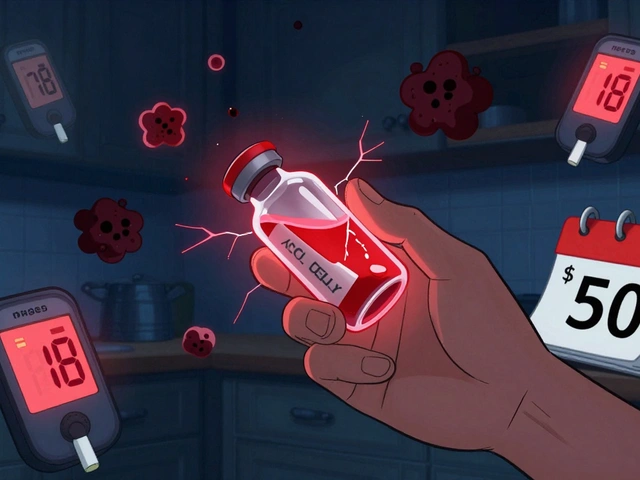Anti-Chafe Fabrics: What They Are and Why You Need Them
Ever felt a nasty rub while jogging, hiking, or even just walking around town? That irritation is called chafing, and it’s caused by friction between skin and clothing. Anti-chafe fabrics are designed to cut that friction short, keeping you comfortable all day.
These fabrics work by being smooth, breathable, and often a little stretchy. They pull moisture away from the skin, so the fabric stays dry and slips less. The result? No more red patches, no more pain, and you can focus on the activity instead of the itch.
Common Materials Used
Most anti-chafe fabrics are blends of synthetic fibers, because synthetics dry fast and glide well. Here are the top three you’ll see:
- Polyester‑spandex blends: The spandex adds stretch, while polyester wicks sweat away. This combo is popular in running shorts and leggings.
- Nylon with silicone coating: The silicone creates a slick surface that reduces skin‑to‑fabric contact. You’ll find it in cycling shorts and compression socks.
- Merino wool blends: Wool naturally moves moisture and resists odor. When mixed with a bit of polyester, it stays soft and less likely to irritate.
Each material has its sweet spot. If you need ultra‑light weight for hot weather, go for polyester‑spandex. For cold‑weather hikes, a merino blend keeps you warm while staying smooth.
How to Choose the Right Fabric
Start by thinking about the activity. For high‑impact sports like running or cross‑fit, look for a tight‑fit piece that hugs the body without digging in. A compression fit made from polyester‑spandex will stay in place and move with you.
If you’re dealing with long rides on a bike, a padded short with a silicone‑coated layer can prevent the seat from becoming a sore spot. The padding adds comfort, and the coating stops the fabric from sticking to sweaty skin.
When you shop, check the tag for words like “moisture‑wicking,” “quick‑dry,” or “anti‑chafe.” These are clues that the manufacturer has built in friction‑reducing tech. Also, feel the fabric: it should feel smooth, not rough.
Don’t forget fit. Even the best anti‑chafe material can cause irritation if it’s too loose and bunches up, or too tight and creates pressure points. Try the garment on and move around—if you can do a squat, a lunge, or a quick jog without the fabric shifting, you’ve likely found a good match.
Lastly, care matters. Wash anti‑chafe clothing inside‑out in cold water and avoid fabric softeners. Softeners can leave a coating that defeats the slick surface. Air‑dry or tumble on low heat to keep the fibers intact.
In short, anti‑chafe fabrics are a simple upgrade that can make a huge difference in comfort. Pick the right material for your activity, ensure a proper fit, and treat the clothing right. Your skin will thank you, and you’ll stay focused on what matters—whether that’s finishing a marathon, nailing a bike ride, or just getting through a busy day without an annoying rash.
Stop skin chafe with the right fabrics. See the top materials, how they work, when to wear them, and what to avoid. Clear picks, comparisons, and real-world tips.
View Details

